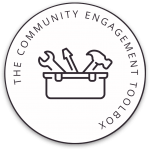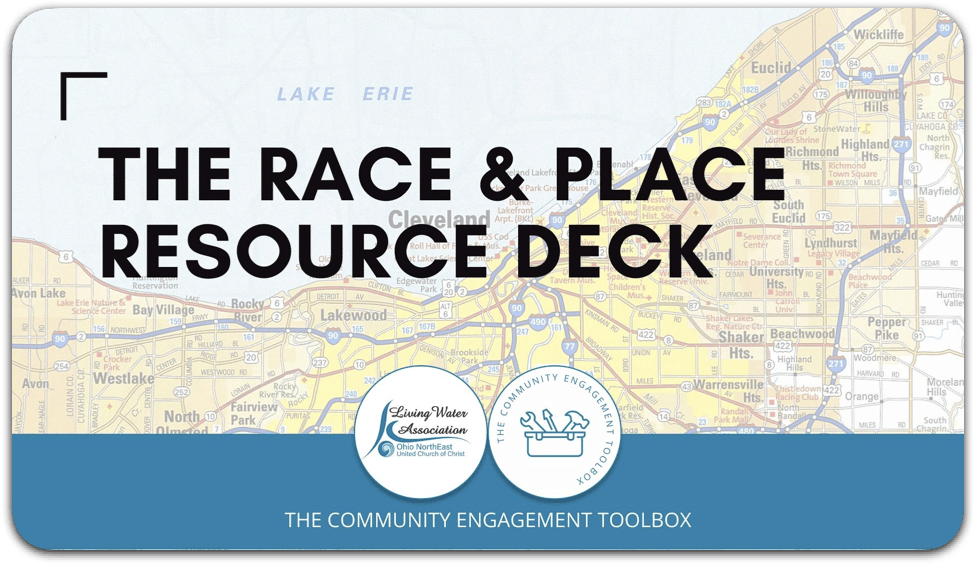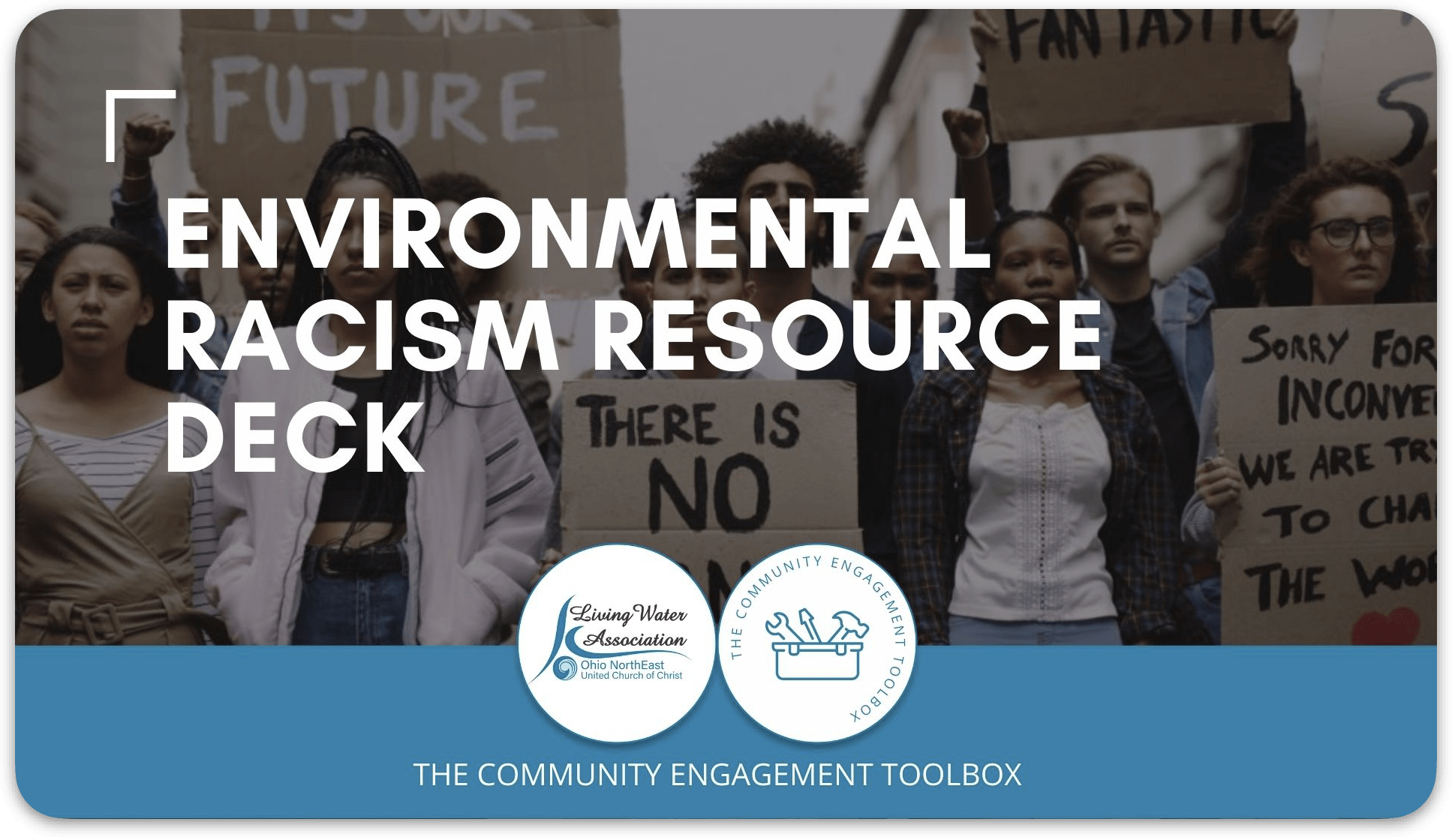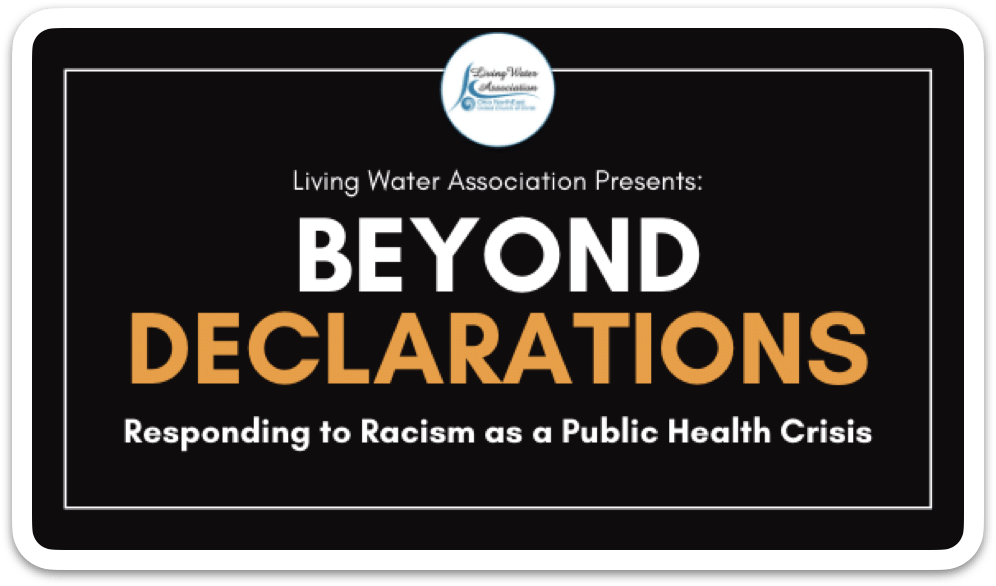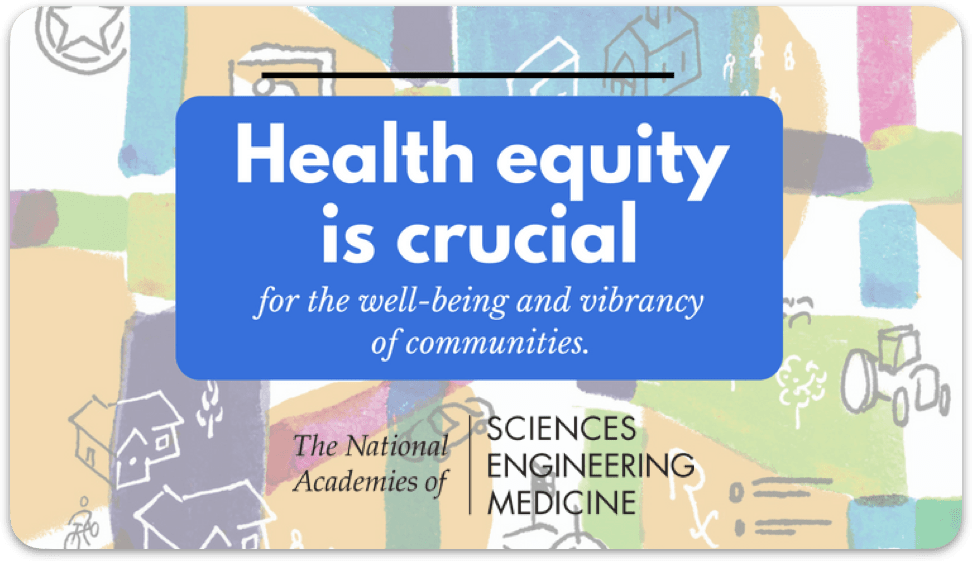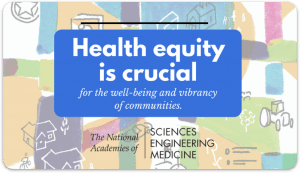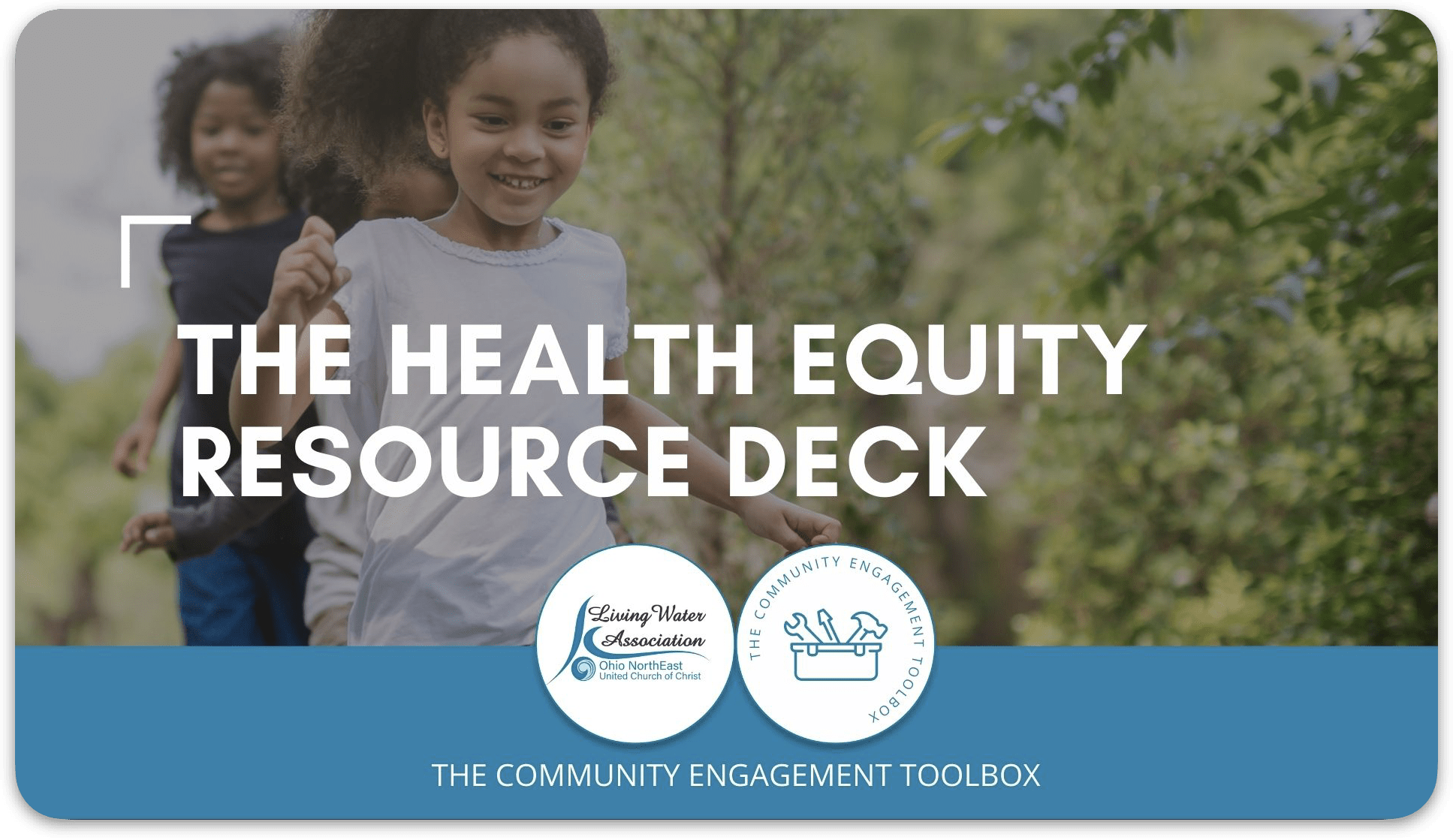The Community Engagement Toolbox
HEALTH EQUITY RESOURCE LIBRARY
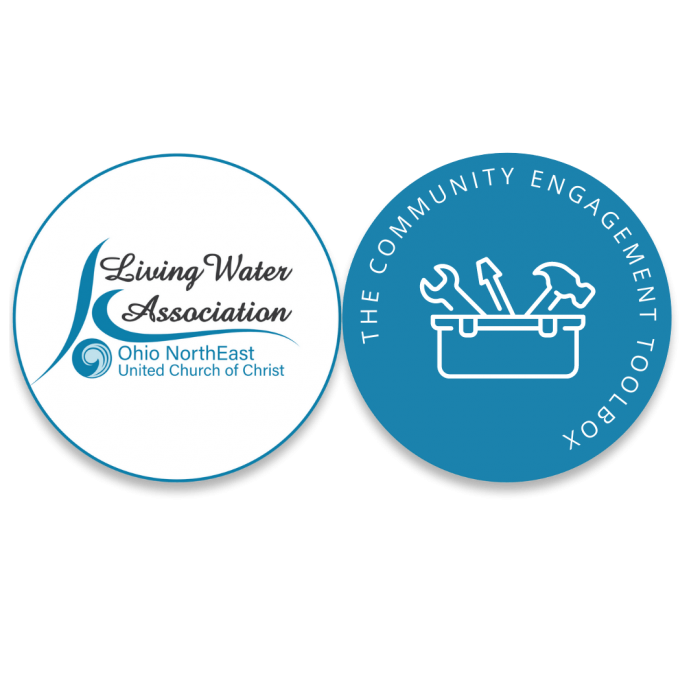
Introduction: A Holistic Approach
It was once widely believed that if you were concerned with the health of your community, you would turn to the health sector. That is where you look—or so it was thought—if you want to know something about health and disease. It is true that access to health care is a grave concern, especially for those who most need it. The majority of the blame for premature loss of life, however, goes to social factors. As people of faith who are called to care for our communities, these social factors offer us a place to begin and evaluate our work.
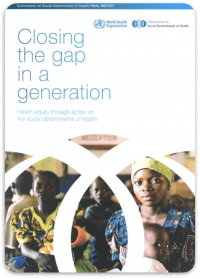
As the final report of the Commission on the Social Determinants of Health of the World Health Organization (WHO) explains, “The high burden of illness responsible for appalling premature loss of life arises in large part because of the conditions in which people are born, grow, live, work and age. In their turn, poor and unequal living conditions are the consequences of poor social policies and programs, unfair economic arrangements, and bad politics” (5).
In other words, health equity helps us see that injustice is about more than a public debate we are having where some of us can duck out of the conversation. Social injustice is deadly. The social determinants of health give us language to see how injustice impacts the health of our communities. Even more, the social determinants help us visualize what a healed and whole society can be. Reducing health inequities is an ethical imperative. Social injustice is killing people on a grand scale. The truth is, we can do something about it.
A holistic approach to action that addresses the social determinants of health must involve inter-organizational partnerships, multi-sector collaboration, and intentional community engagement. It requires commitment from federal, state, and local governments. It must involve global, national, and local businesses. As the report explains, we need “Policies and programs must embrace all the key sectors of society, not just the health sector” (1) Communities of faith can and must be part of this multi-sector engagement.
3 Principles of Action
The World Health Organization’s report maps out three principles of action.
- Improve the conditions of daily life: This involves the circumstances in which people are born, grow, live, work, and age.
- Tackle the inequitable distribution of power, money, and resources: This principle aims at the structural drivers of the conditions of daily life—global, national, and local.
- Measure the problem, evaluate action, and expand the knowledge base: We need to ensure that health equity is measured and serves as a platform for action. It also emphasizes the need for a workforce that is trained in the social determinants of health.
The Basic Factors of Health Equity
There are several models that have been developed to describe the social determinants of health. One of the most common is the Dahlgren-Whitehead model. (The diagram below is based on this model.)
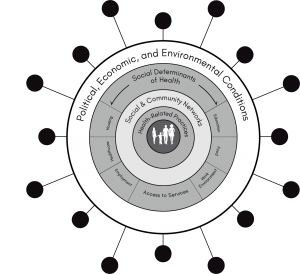 In the center of the diagram are individuals who possess age, sex and other characteristics that influence their health and that are largely fixed. As we move away from the center, however, we can map influences. First, there are personal practices that influence health, such as diet and exercise. These are named on the diagram as “Health-Related Practices.”
In the center of the diagram are individuals who possess age, sex and other characteristics that influence their health and that are largely fixed. As we move away from the center, however, we can map influences. First, there are personal practices that influence health, such as diet and exercise. These are named on the diagram as “Health-Related Practices.”
On the next level, individuals interact with others in their immediate community who influence them. This is indicated on the diagram as “Social & Community Networks.”
In the third layer, we begin to see the importance of factors that are not easy for individuals to address. These are what we mean by the “Social Determinants of Health.” How individuals maintain their health is influenced by their living and working conditions, food supply, and access to essential goods and services.
Finally, we see the larger structural factors that impact health equity. In the diagram, this is the ring labeled “Political, Environmental, and Environmental Conditions.”
References
Margaret Whitehead and Göran Dahlgren, Levelling Up, Part 2: Concepts and principles for tackling social inequalities in health (Copenhagen: World Health Organization, 2006): 20ff. https://www.euro.who.int/__data/assets/pdf_file/0018/103824/E89384.pdf (Access online, Nov 8, 2021).
Margaret Whitehead, “A typology of actions to tackle social inequalities in health” in Journal of Epidemiol and Community Health, 2007 Jun; 61 (6): 473–478. https://www.ncbi.nlm.nih.gov/pmc/articles/PMC2465710/ (Accessed online, Nov 8, 2021).

